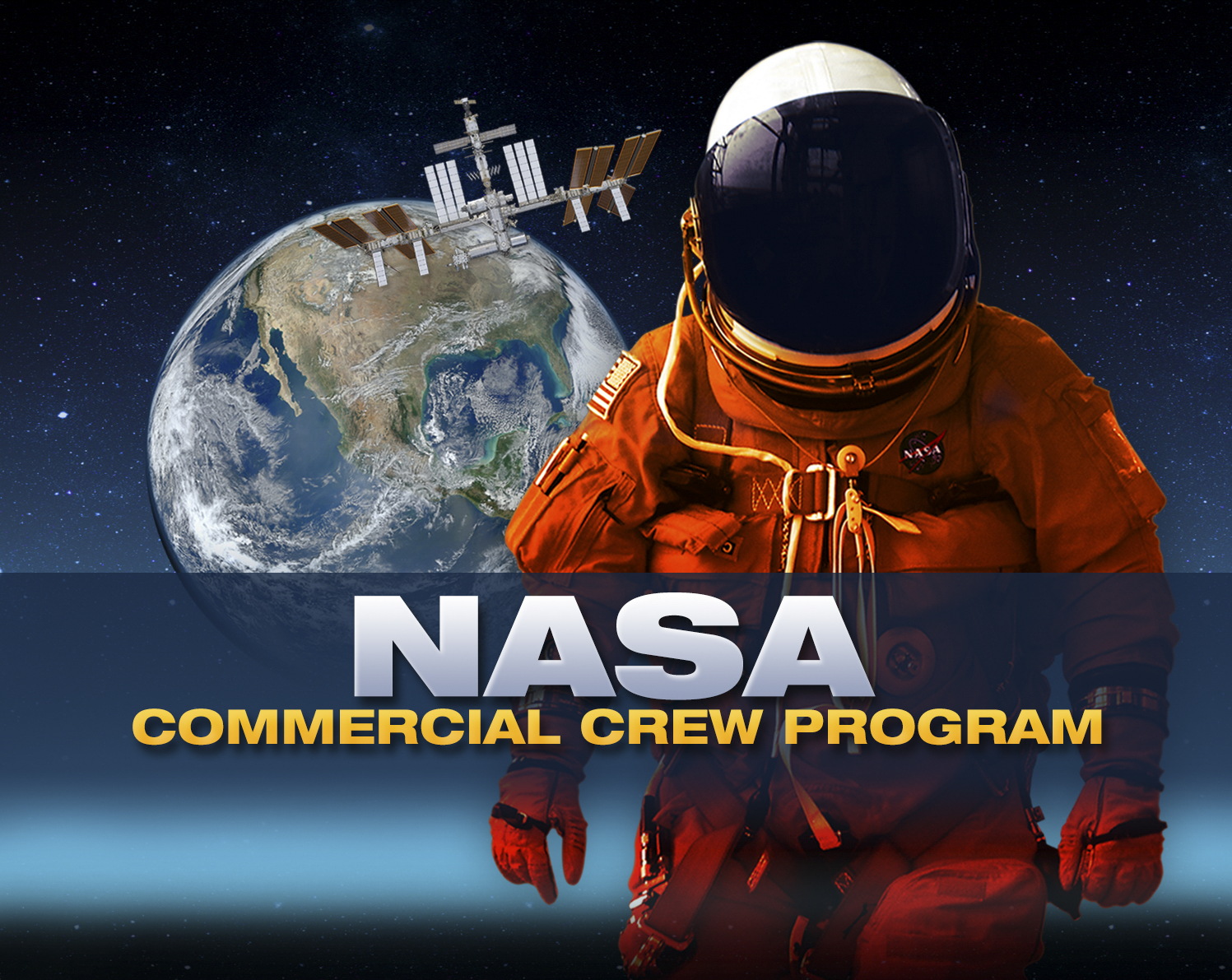Private Space Taxis Are a 'Critical Need' for US, NASA Chief Says

Developing private spaceships to launch astronauts from U.S. soil in the near future should be a top priority for the nation's space program, NASA Administrator Charles Bolden said Thursday (March 27).
NASA officials hope the space agency will start flying astronauts to the International Space Station using privately built spaceships by 2017. To make that goal a reality, Congress needs to fund the program at the levels suggested by the White House's 2015 budget proposal, Bolden told members of the U.S. House of Representatives' Subcommittee on Space.
Since the end of the U.S. space-shuttle program, NASA has relied on Russia's Soyuz spacecraft to transport astronauts to the space station. The commercial crew program is designed to end the space agency's reliance on foreign vehicles. NASA also needs to make commercial crew flights a reality before the space agency can truly consider flying people to deep-space destinations like Mars, Bolden said. [Top 10 Private Spaceships]
"I do not want to be reliant on the Russians to get my crews to the International Space Station," Bolden said. "I don't need a Space Launch System and Orion if I can't get my crews to low-Earth orbit. If we continue to depend on the Russians, then everything else is in jeopardy. Commercial crew is the critical need for this nation right now."
The Space Launch System is NASA's planned mega-rocket to launch deep-space missions to visit an asteroid. The Orion space capsule is NASA's next spacecraft to carry astronauts on those deep-space missions.
If the White House's budget proposal for 2015 passes, the commercial crew program would get a boost. NASA is requesting $848 million — a $150 million bump from the 2014 levels approved by Congress. If Congress does approve the new funds, Bolden is confident that crews will begin flying from the U.S. by 2017.
Funding levels for the SLS rocket and Orion capsule, however, would be about $300 million less than the amount Congress appropriated in 2014 under the new proposal.
Get the Space.com Newsletter
Breaking space news, the latest updates on rocket launches, skywatching events and more!
"The reason I don't spend the money that you [Congress] would like to have me spend on SLS is because I don't need a 130-metric-ton vehicle right now," Bolden said. "I do need a commercial vehicle that I can send my astronauts to low-Earth orbit. Hopefully, everyone agrees that we're going to Mars. If we do, hopefully, everyone agrees that we have to crawl, walk, run. And, hopefully, everyone agrees that this is a crawl, walk, run."
Right now, four private companies are working toward building spaceships under NASA's commercial crew program: Boeing Space Exploration, SpaceX, Blue Origin and Sierra Nevada Corp. This year, NASA officials are planning to announce two contracts that could lead to commercial systems that can be used to fly astronauts to the station.
Bolden thinks that if the program is given more funding, it might be possible to move the target for commercial flights up one year, to 2016.
"The companies are moving very rapidly — as rapidly as they can, based on the funding that we've given them to be able to be ready to fly as soon as they can," Bolden said. "I would be hesitant to say that we could accelerate it any more than a year, but we could potentially accelerate it by a year if we're given adequate funding."
Follow Miriam Kramer @mirikramer and Google+. Follow us @Spacedotcom, Facebook and Google+. Original article on Space.com.
Join our Space Forums to keep talking space on the latest missions, night sky and more! And if you have a news tip, correction or comment, let us know at: community@space.com.

Miriam Kramer joined Space.com as a Staff Writer in December 2012. Since then, she has floated in weightlessness on a zero-gravity flight, felt the pull of 4-Gs in a trainer aircraft and watched rockets soar into space from Florida and Virginia. She also served as Space.com's lead space entertainment reporter, and enjoys all aspects of space news, astronomy and commercial spaceflight. Miriam has also presented space stories during live interviews with Fox News and other TV and radio outlets. She originally hails from Knoxville, Tennessee where she and her family would take trips to dark spots on the outskirts of town to watch meteor showers every year. She loves to travel and one day hopes to see the northern lights in person. Miriam is currently a space reporter with Axios, writing the Axios Space newsletter. You can follow Miriam on Twitter.









